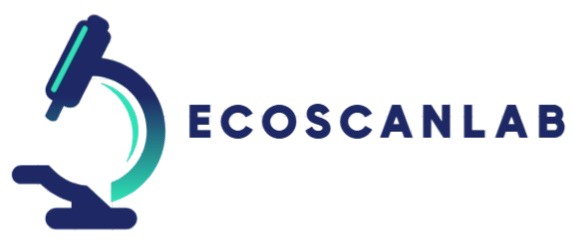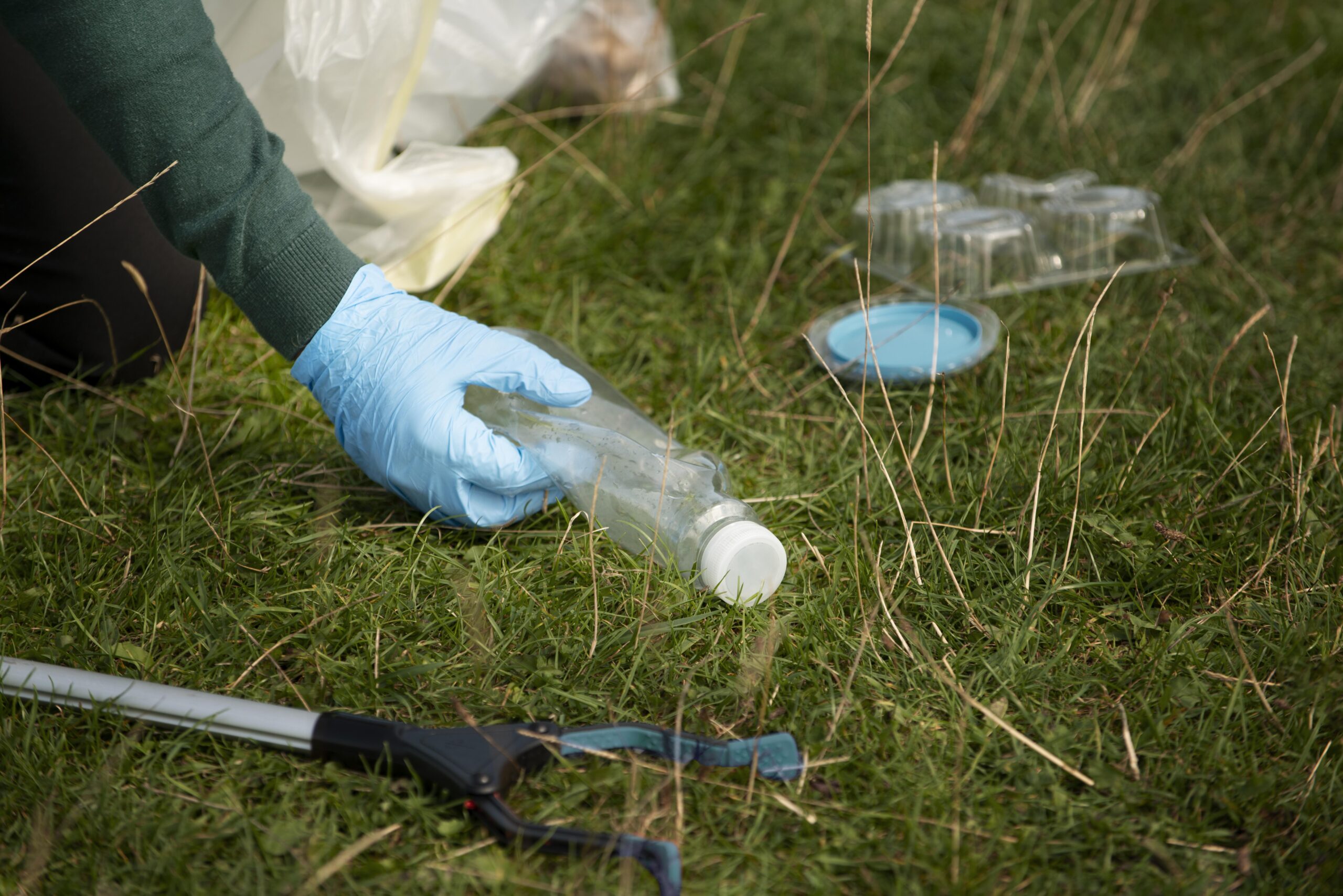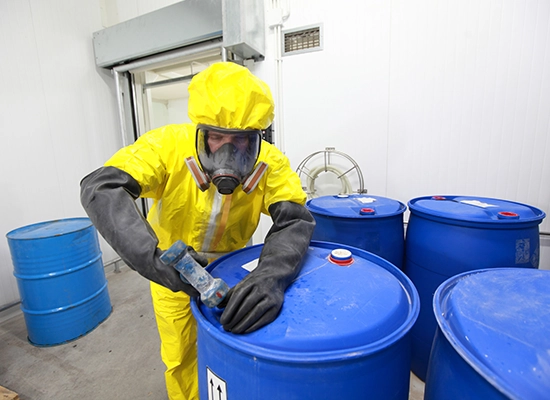Solid Waste Testing
🗑️ Solid Waste Testing Parameters
1. Physical Parameters
| Parameter | Description |
|---|---|
| Moisture Content | Water percentage in solid waste |
| Ash Content | Residue left after combustion |
| Volatile Matter | Indicates organic content |
| Bulk Density | Mass of waste per unit volume |
| Particle Size Distribution | Helps in waste classification and treatment planning |
2. Chemical Parameters
| Parameter | Description |
|---|---|
| pH | Acidity or alkalinity of waste |
| Electrical Conductivity | Measures ionic content |
| Organic Carbon (TOC) | Indicates biodegradability |
| Nitrogen (Total Kjeldahl Nitrogen) | Organic and ammonia nitrogen |
| Sulfates/Sulfides | Associated with odor and corrosion issues |
| Chlorides | Indicates salt concentration |
| Phosphates | Can contribute to nutrient pollution |
3. Heavy Metals
| Parameter | Description |
|---|---|
| Lead (Pb) | Toxic even at low levels |
| Arsenic (As) | Harmful carcinogen |
| Mercury (Hg) | Highly toxic, even in trace amounts |
| Cadmium (Cd) | Found in batteries and plastics |
| Chromium (Cr) | From pigments, plastics, industrial waste |
| Nickel (Ni) | Can contaminate groundwater |
| Zinc (Zn) | Used in galvanization and alloys |
| Copper (Cu) | Found in wiring and e-waste |
4. Biological Parameters
| Parameter | Description |
|---|---|
| Total Organic Carbon (TOC) | Organic matter content |
| Biological Oxygen Demand (BOD) | Measures biodegradable organic matter |
| Chemical Oxygen Demand (COD) | Measures total oxygen-consuming pollutants |
| Pathogen Count (if applicable) | E.g., coliforms, Salmonella in composted waste |
5. Toxicity & Leaching (TCLP)
| Parameter | Description |
|---|---|
| TCLP - Lead, Arsenic, etc. | Determines if waste is hazardous |
| Leachability of metals | Measures contamination risk to soil and groundwater |
| Extractable Organics | VOCs, SVOCs, etc. |
6. Industrial Waste Specifics
| Parameter | Description |
|---|---|
| Hydrocarbons (TPH) | Petroleum-based contamination |
| PAHs | Polycyclic aromatic hydrocarbons from combustion |
| PCBs | Electrical and industrial chemicals |
| Dioxins & Furnas | Highly toxic compounds from incineration |
Understanding Hazardous and Solid Waste Classification & Testing
The Resource Conservation and Recovery Act (RCRA) operates as a full-spectrum regulatory system—governing hazardous waste from its generation all the way to its final disposal. To ensure environmental safety, RCRA identifies three key roles in the hazardous waste lifecycle:
- Generators – Entities that produce hazardous waste materials.
- Transporters – Those responsible for safely moving waste to designated sites.
- Disposal Facilities (TSDFs) – Specialized centers where hazardous waste is treated, stored, or permanently disposed of.


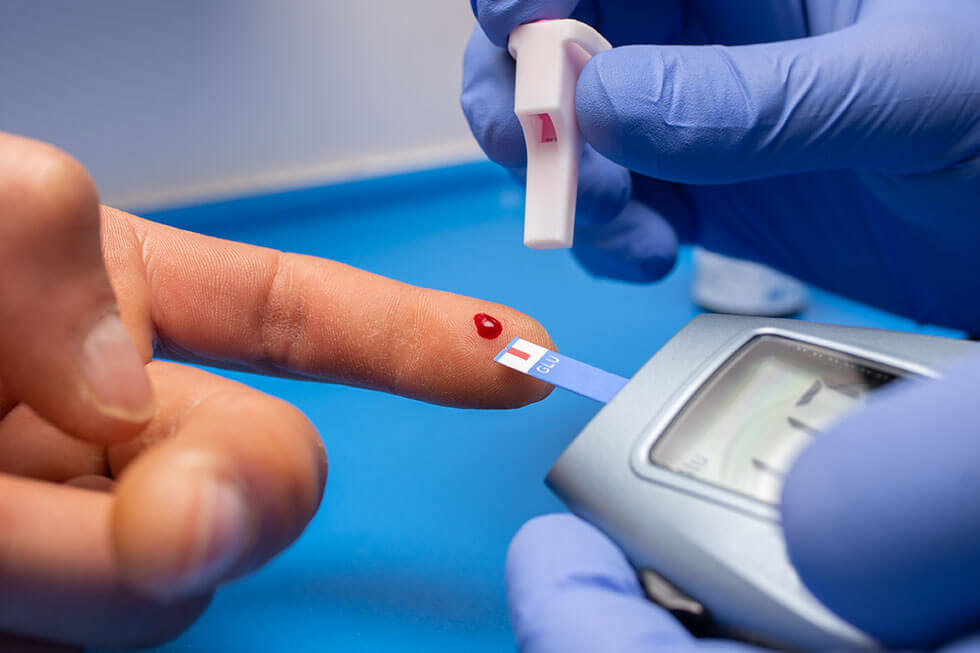
How Is Solid Waste Managed in the U.S.?
- Hazardous Waste Control
- General Solid Waste Oversight
- Underground Storage Tank Monitoring
This framework ensures that waste is handled, stored, and disposed of in a way that protects both public health and the environment.
Hazardous Waste
Non-Hazardous Solid Waste
Underground Storage Tanks
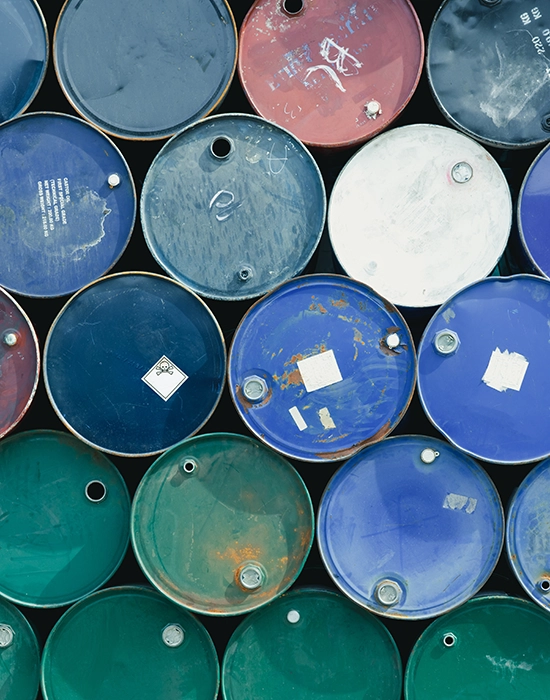
Managing Hazardous Solid Waste
Under the RCRA framework, the responsibility for evaluating and classifying hazardous waste falls directly on the generator. The specific obligations depend on the generator's classification, which is based on the quantity of hazardous waste produced. Once a material is identified as hazardous, it must be managed accordingly throughout its entire lifecycle—from generation to final disposal. Failure to meet these regulatory obligations can lead to significant penalties at both state and federal levels.
Key factors influenced by the generator category and waste characterization include:
- Waste handling protocols
- On-site storage limits
- Approved disposal methods
- Documentation and reporting standards
- Qualified staffing and training requirements
- Applicable treatment and processing regulations
Waste Generator Categories
The EPA classifies solid waste generators into three categories based on the quantity of waste generated.
Large Quantity Generators (LQG)
Large quantity generators generate more than 1000 kilograms (kg) of hazardous waste/month or more than 1 kg of acutely hazardous waste (P-waste code) per month. LQGs are fully regulated and must comply with all generator requirements indicated.
Small Quantity Generators (SQG)
Small quantity generators (SQG) generate between 100 and 1,000 kg/month of hazardous waste and accumulate no more than 6,000 kg of hazardous waste on-site at any one time.
Conditionally Exempt Small Quantity Generators (CESQG)
Conditionally exempt small quantity generators generate less than 100 kg/month non-acute hazardous waste per calendar month or less than 1 kg/month of acutely hazardous waste. CESQGs can never accumulate more than 1,000 kg of hazardous waste or greater than 1 kg of acutely hazardous waste at any time.
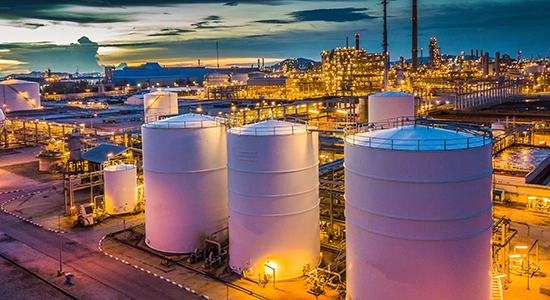
How Is Hazardous Waste Characterized?
A solid waste not specifically listed as hazardous waste from non-specific or specific sources or otherwise excluded by statute is considered hazardous if it meets one or more of the following characteristics as defined in 40 CFR Part 261 Subpart C.
Toxicity Characteristics
Ignitability Characteristics
- A defined liquid with a flash point <60oC
- A non-liquid that burns when ignited as defined
- An ignitable compressed gas as defined
Corrosivity Characteristics
- Aqueous with a pH <2 or >12.5
- Liquid that corrodes steel at >6.35mm/y
Reactivity Characteristics
- Unstable and readily undergoes violent change without detonating
- Reacts violently with water
- Generates toxic gases when mixed with water
- A cyanide or sulfide waste that on exposure to pH conditions between 2 and 12.5 can generate toxic gases
- Is capable of detonation or explosive reaction if subjected to a strong initiating source or if heated under confinement
- Is readily capable of detonation, explosive decomposition or reaction at standard temperature and pressure

What Is Toxicity Characteristic Leaching Procedure (TCLP)

Why Choose Us
Solid Waste Characterization Parameters
(For municipal, industrial, or hazardous solid waste)
| Parameter Name | Catergory |
|---|---|
| Moisture Content | Physical |
| Calorific Value | Physical |
| Volatile Solids (VS) | Chemical |
| Heavy Metals | Chemical |
| Leachability (TCLP test) | Toxicity |
| Ignitability | Hazard Classification |
| Corrosivity | Hazard Classification |
| Reactivity | Hazard Classification |
| Total Organic Carbon (TOC) | Chemical |
Solid Waste FAQ
What Is Solid Waste?
RCRA defines solid waste as any garbage, refuse, or sludge from a wastewater treatment plant, water supply treatment plant, or air pollution control facility as well as any other discarded material, resulting from industrial, commercial, mining, agricultural operations, or community activities. This can include household trash, industrial waste, construction debris, agricultural byproducts, and more. Under RCRA, the definition of solid waste is not limited to wastes that are physically solid. Solid wastes can be liquid, semi-solid, or contain gaseous material.
